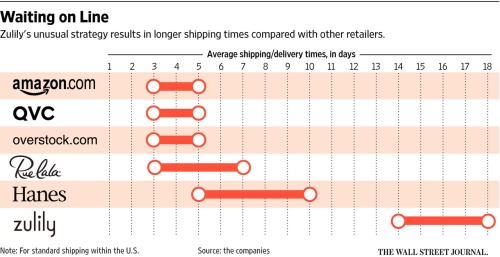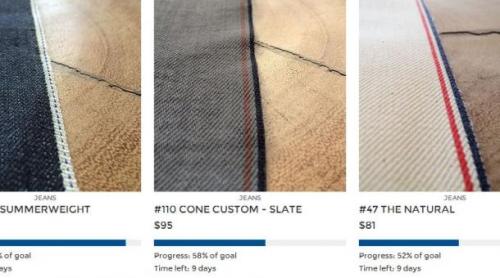The Financial Times has an interesting set of articles on how the ongoing pandemic impacts supply chains (Trade Secrets: Supply Chain Disruption). These hit on things like toilet paper, firms pivoting to new markets or switching from a business-to-business focus to serving retail customers. The one I want to highlight deals with how any fragility exposed by the pandemic will impact supply chain strategy going forward (Be wary of scapegoating ‘just-in-time’ supply chains, May 27) that links to a post that Gady wrote a few weeks ago.
Here is the gist of the article:
A lot of intellectual momentum is building behind the idea that the Covid-19 pandemic has revealed the foolishness of corporate executives in extending their supply chains without properly assessing the risks. Companies have been thinking of “just-in-time” when they need to be thinking about “just-in-case”. …
The reality is complex, and — a crucial point — differs with each industry. Some, like the car industry, have such sophisticated supply chains involving thousands of different components, some manufactured to extremely low tolerance, that diversifying into different suppliers is totally impractical through effort and cost. Sure, you will have a more resilient supply chain, but you’ll also go bust before the next pandemic arrives.


